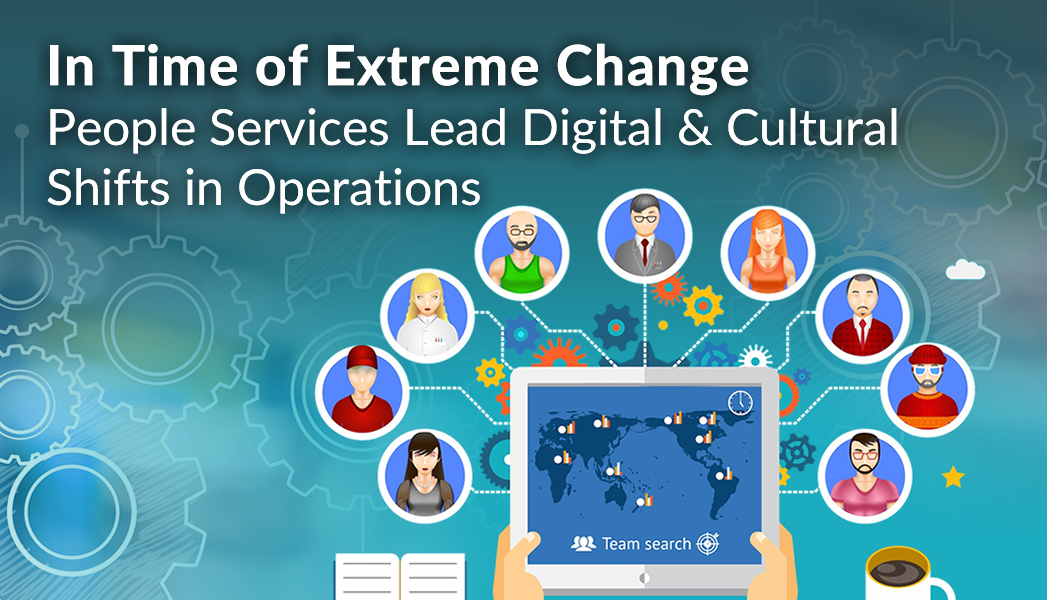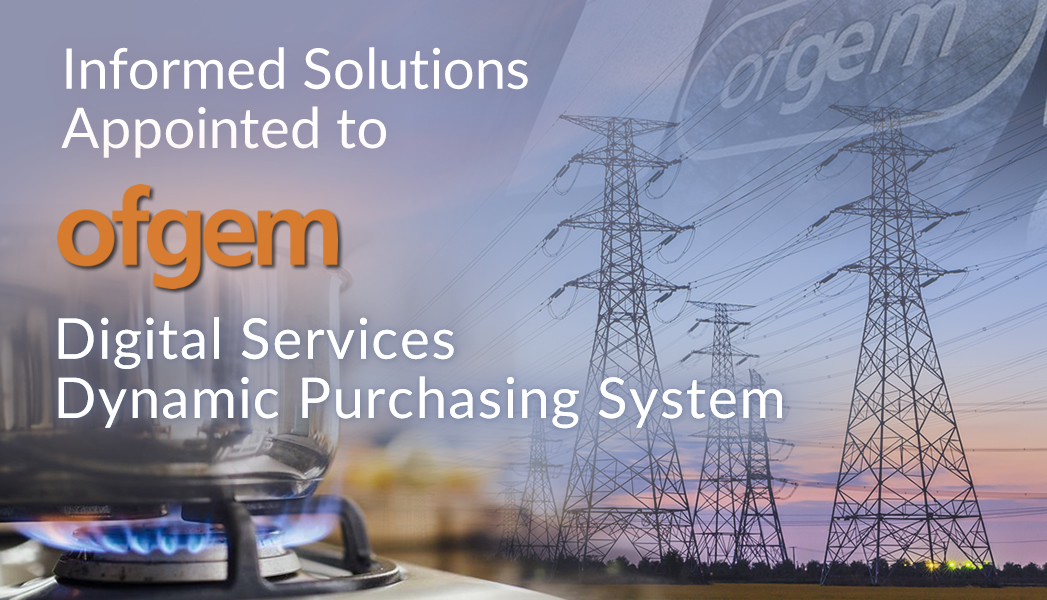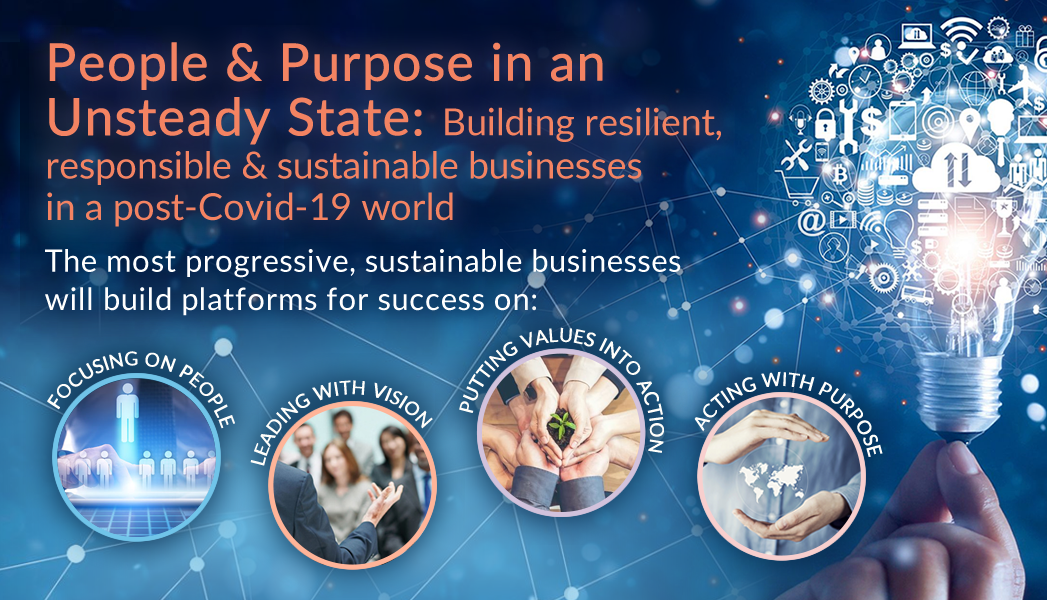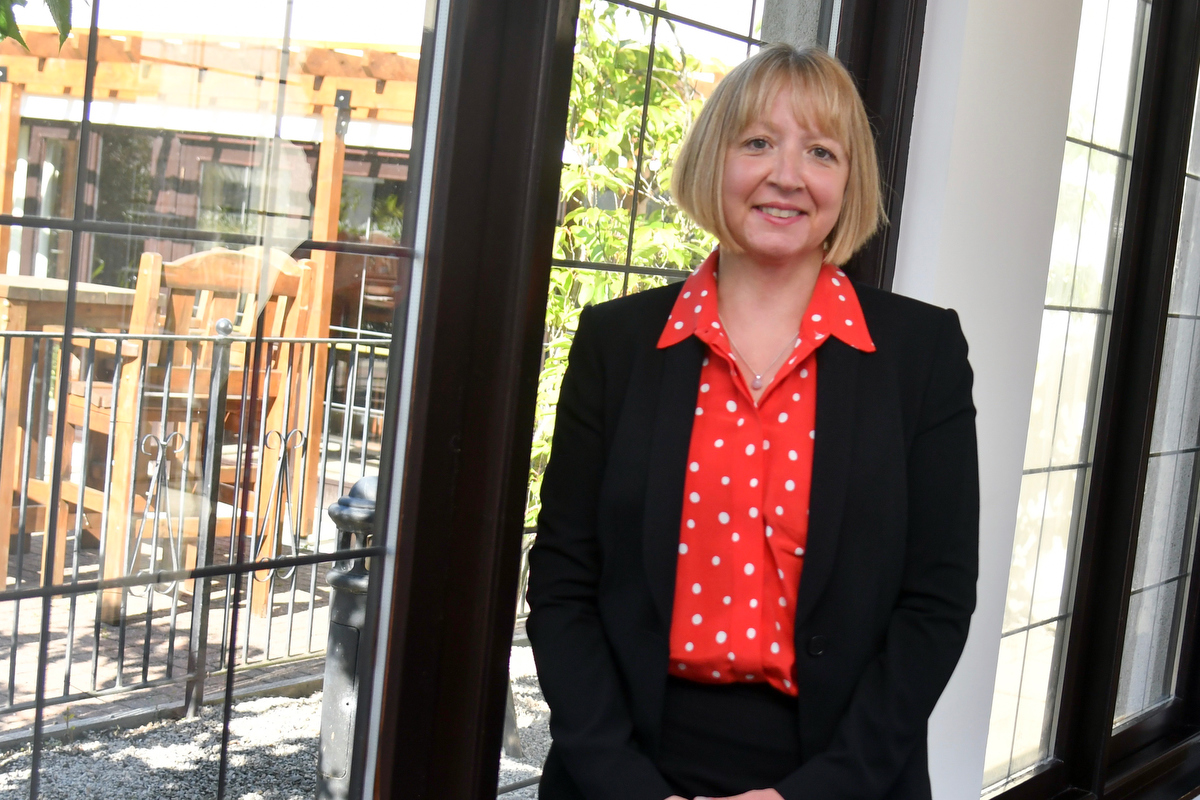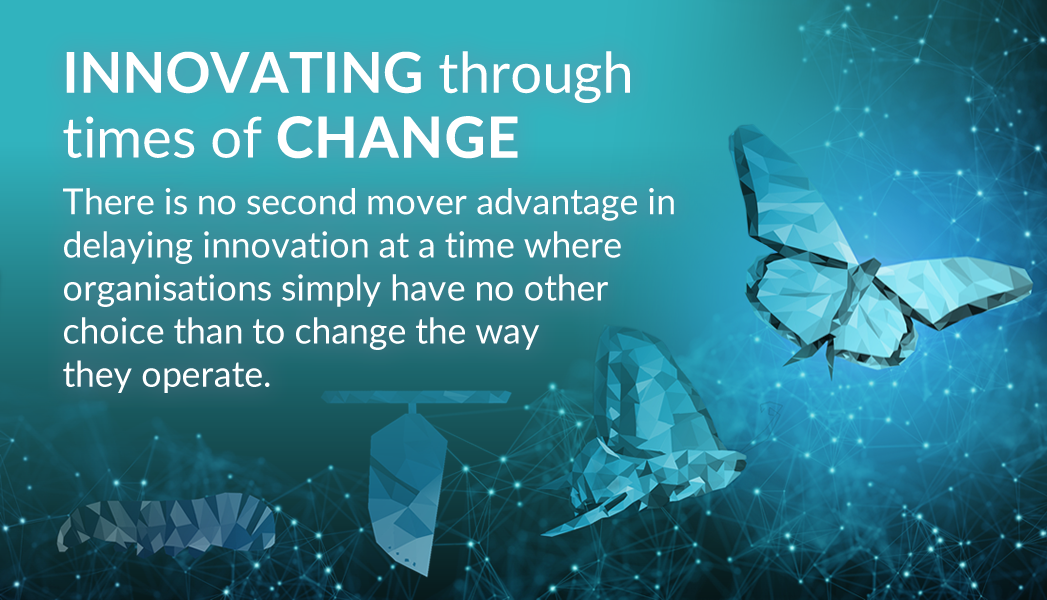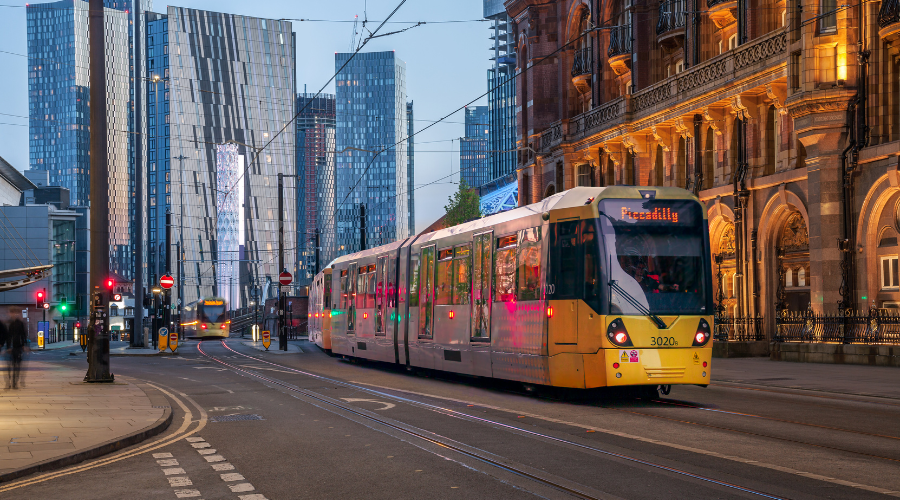
Manchester has come a long way - from birthing the world’s first stored program digital computer, to becoming the top tech city in the UK outside of London[1]. The MCC 2021-2026 Digital Strategy now guides a £5bn digital economy, with more than 10,000 businesses employing over 96,000 people.
It has seen the development of five unicorns and is still home to three, billion-pound businesses[2]. Prospects of adding to this herd are good, as Manchester is the number three local economic partnership (LEP) for scale-ups[3] and the city contains more than 600 active, high-growth companies[4].
So, the city of bees is buzzing. Mancunian spirit and drive is pushing business to progress well against the objectives of a £5.5bn digital economy by 2025, reaching £7bn by 2029[5].
This technology ecosystem is part of an economic engine that is predicted to see growth of 2.2% for the next three years, comfortably outpacing the forecasted national rate of 1.9%[6]. Simply put, Manchester is winning…
But there are warning signs that the city cannot rest on its laurels.
Reading is set to overtake Manchester as the UK’s fastest growing location overall[7]. Birmingham continues to ascend the CBRE rankings and nip at Mancunian heels as the top tech city. And Birmingham has scored a better outlook for the information and communications technology (ICT) sector[8].
Consequently, businesses are asking what the next iteration of a ‘digital Manchester’ looks like? How can the city separate itself from the pack, once again?
An AI future
It is impossible to answer any question about the future of business technology in the UK, without reference to artificial intelligence (AI).
Even before the launch of ChatGPT, UK Government figures show that AI contributed £3.7 billion to the UK economy[9]. According to the US International Trade Administration, the UK AI market is expected to grow to £803.7 billion by 2035[10].
Depending on where you look, Manchester is home to anywhere between 86 and 90 AI companies, placing it fourth in the top five AI cities. However, Manchester totals the most Innovate UK grant funding – and scores the largest annual growth rate - amongst that same group. The net result is a regional AI sector that contributes a total of over £183 million[11].
To drive this growth, AI depends on world-class, digital infrastructure. AI applications are hungry. The increased compute power that they demand, is already leading businesses to reassess their networks and data centre facilities.
Early adopters in Manchester (and beyond) have realised that this resource needs to remain close to end users. As a result, these businesses want a regionally present colocation partner, connected where necessary, to other resources. This has become the topology for AI success.
At Pulsant, we understand this and our focus lies in building regional infrastructure. Our newly refurbished facility in Old Trafford is close to the heart of the city and is connected to our national network of 12 edge data centres, as well as major public clouds and the LINX internet exchange to provide the best choice of connectivity.
This combination of speed, power and agility already propels Mancunian innovation for regional companies. These businesses have blazed the trail in exploiting infrastructure to drive AI (and other technologies such as analytics) in real-time.
As Manchester continues to embrace AI, successes such as Peak, Dream Agility and Digital Bridge will demonstrate what businesses can achieve when next generation infrastructure meets insight, imagination, and innovation.
By Mark Lewis, Chief Marketing Officer, Pulsant
Pulsant will be exhibiting at Connected North on April 22-23 on Stand 30B

